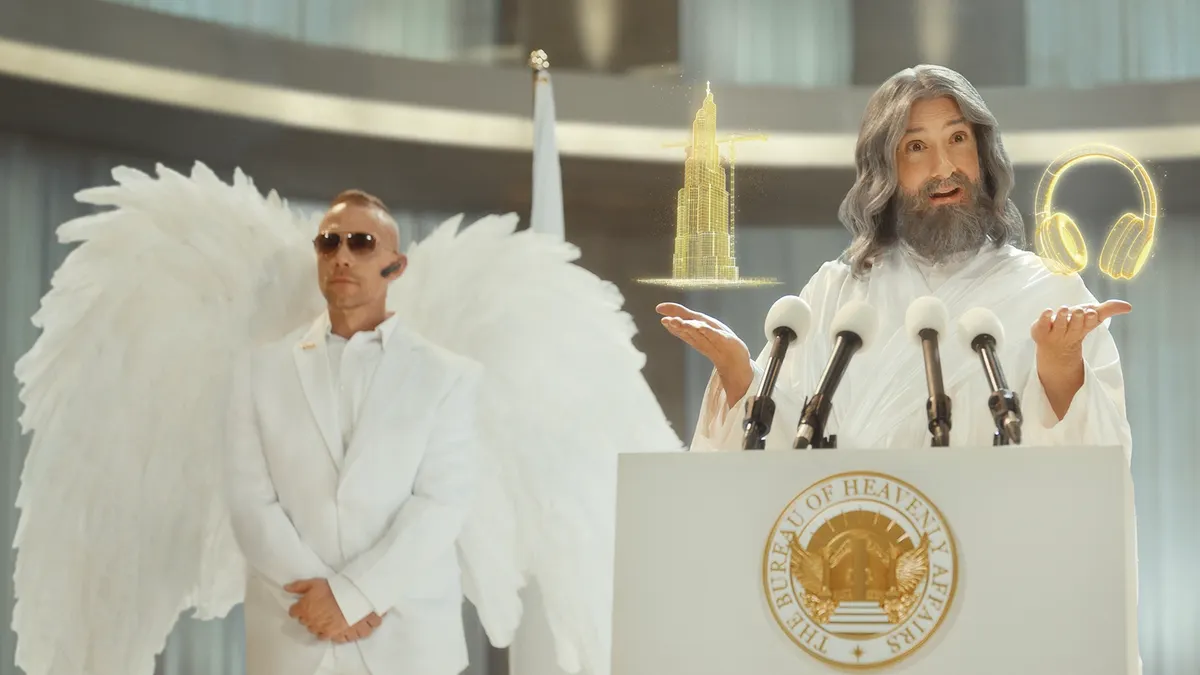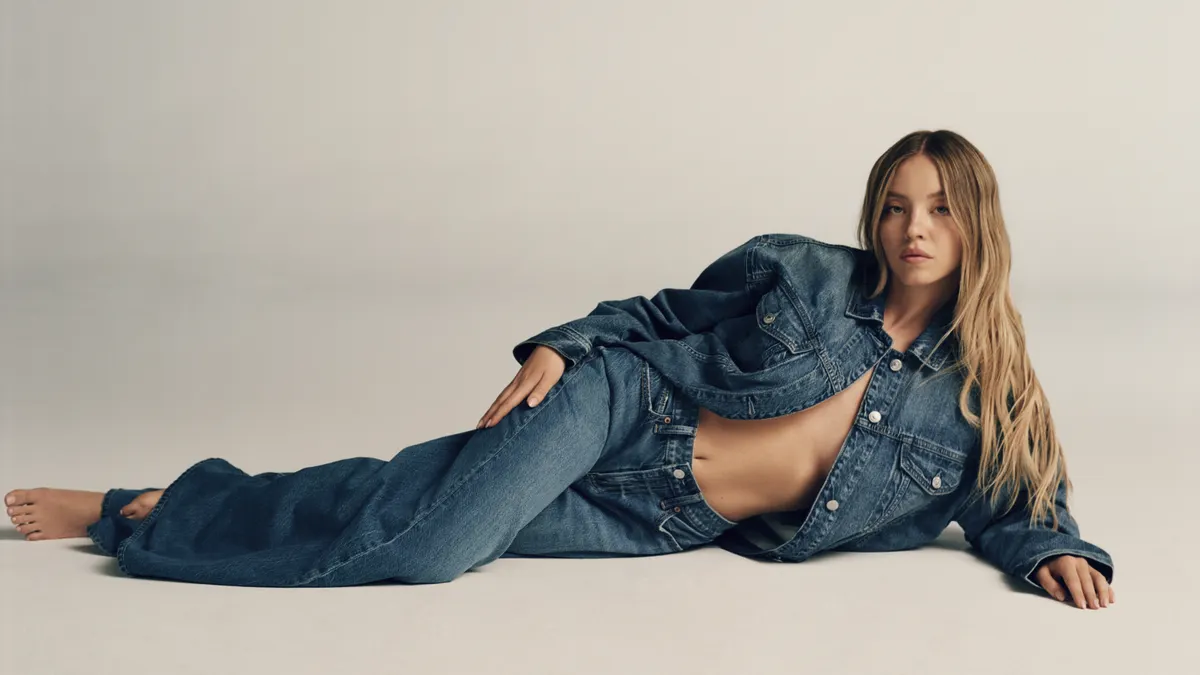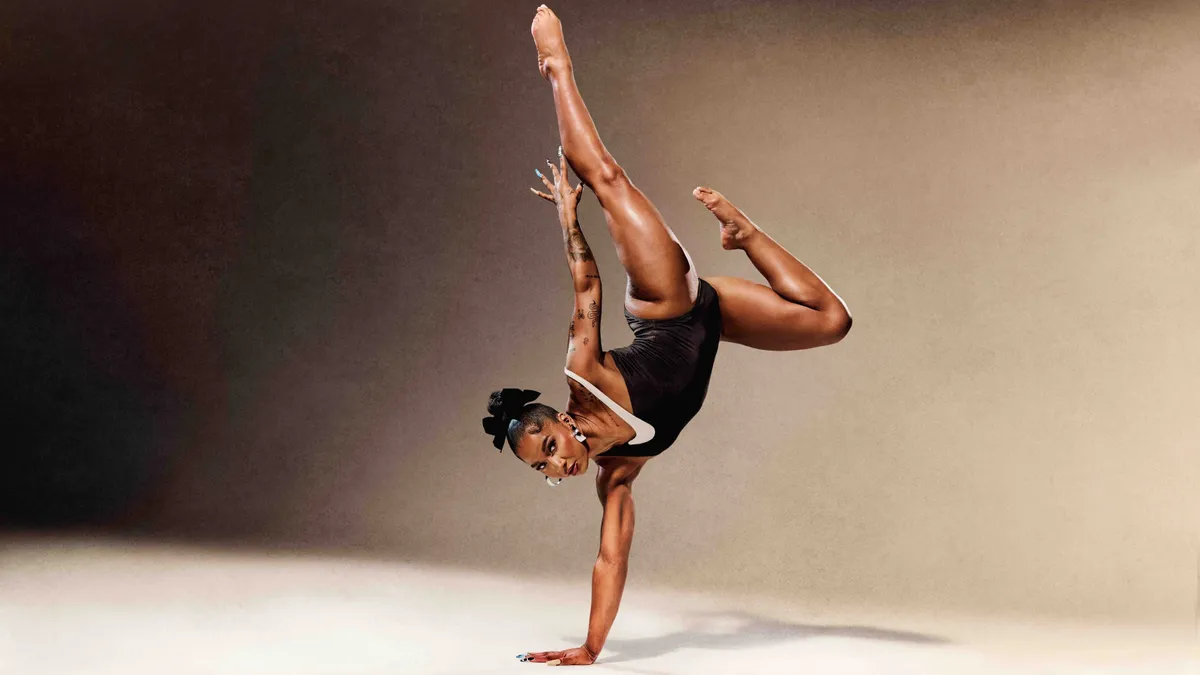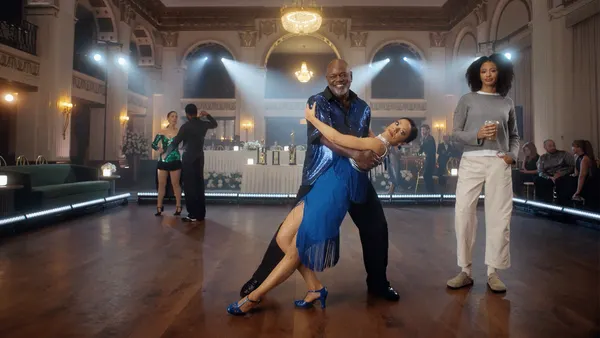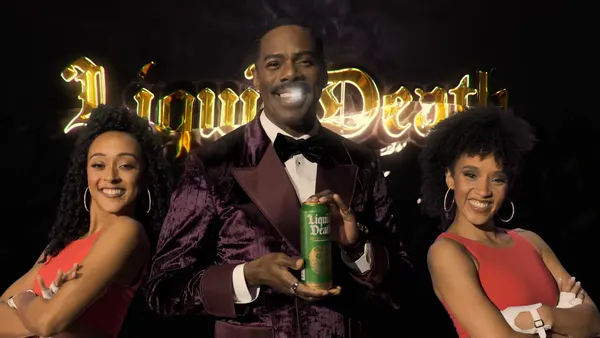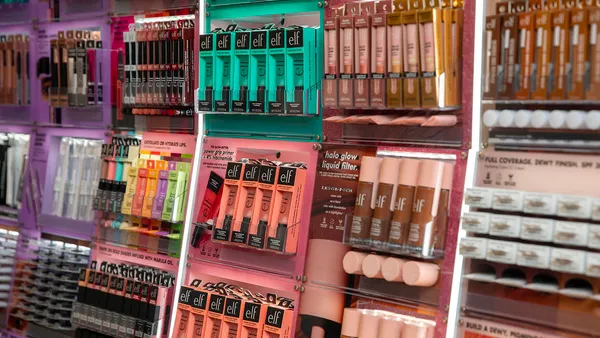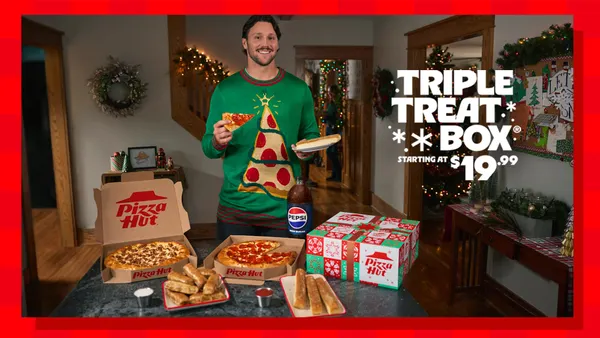Campaign Trail is our analysis of some of the best new creative efforts from the marketing world. View past columns in the archives here.
During her 14-year tenure as CEO of software company Autodesk, Carol Bartz was a transformative leader that helped guide the company as annual revenue rose from $300 million to $1.5 billion. She was also known to say, “If Autodesk didn’t make it, God did.” That adage comes to life in “Let There Be Anything,” a campaign that launched this month.
In a 60-second hero spot, God — actor Tony Hale in the archetypal long beard/flowing robes getup — holds a Bureau of Heavenly Affairs press conference while flanked by angelic bodyguards. He has returned to earth to marvel at everything humans have made using Autodesk, taking in a bus tour, a spin class and a fantasy movie.
The hero spot ends by cycling through a range of things that can be designed with Autodesk — skyscrapers, headphones, dragons, smart factories, stadiums, bridges, superheroes, electric vehicles — before landing on the campaign’s tagline. Additional spots find God taking a trip to Italy and working on his basketball skills, with paid and organic support.
“Let There Be Anything” was created with Autodesk’s first-ever creative agency of record, Giant Spoon, which won the account via an RFP pitch process. Giant Spoon was intrigued by the challenge of marketing a firm that sells more than 200 pieces of software — digital products that help create the physical world. When they heard Bartz’s old saying, the campaign concept became crystal clear.
“You didn't have to go into what all 200 different software products actually do. You just get the idea that there's this suite of things that some of the most amazing humans on the planet are using to create our world,” said Giant Spoon Co-founder Jonathan Haber. “We wanted to strategically figure out how we could communicate that in a way that was compelling, entertaining, engaging, unmissable and memorable.”
Landing humor, respectfully
Of the ideas Giant Spoon pitched to Autodesk, the winning concept emerged as bold and clear: a great idea, if done respectfully. Not only did it capture the idea of Autodesk as a branded house of products that can do anything, but the inclusion of images and jokes about God would require finesse. To that end, Giant Spoon spoke with and worked on the creative with religious leaders.
“As long as it was really clear that this is a celebration of humanity and [we’re] not being disrespectful of any specific things in terms of religious tropes, than it can be done in a way that's tasteful,” Haber said. “We felt we could be funny, light… and get this really clear marketing message across.”
For the vignettes in the hero and additional spots, Giant Spoon touched on the major verticals that Autodesk powers with its software, like consumer products, automobiles and entertainment, utilizing a gold, wireframe visual component to separate the elements of each vignette designed by Autodesk and not by God. Perhaps nothing was easier to illustrate than architecture.
“There's a massive amount of human ingenuity, innovation and seemingly magic that goes into the building and designing of these giant monuments to what humans are capable of,” Haber said.
Down to earth
For God, Giant Spoon landed on Tony Hale (“Arrested Development,” “Veep”), whose likability and sense of humor brought some humanity to a heavenly role and imbued a sense of wonder and awe in the performance.
“Autodesk is a relatively humble company, and they really wanted this to be about the people who use the software to make amazing things, because it's not Autodesk specifically that's making these amazing things. It's the people that use Autodesk that are making these amazing things,” Haber explained.
The campaign’s hero spot debuted on May 9 during the NBA playoffs, accompanied by an in-game activation that speaks to how Autodesk is expanding the effort beyond traditional ad channels. In the days surrounding the campaign launch, Autodesk sponsored posts featuring Hale’s God character on the Instagram accounts of Page Six and gossip site Deuxmoi. The approach, similar to the one taken by CeraVe around its Super Bowl campaign last year, has helped previous Giant Spoon campaigns boost intention and awareness.
“We really were proud of the ability for the creative to be extended and the story told through different formats by using smart media choices,” Haber said.



